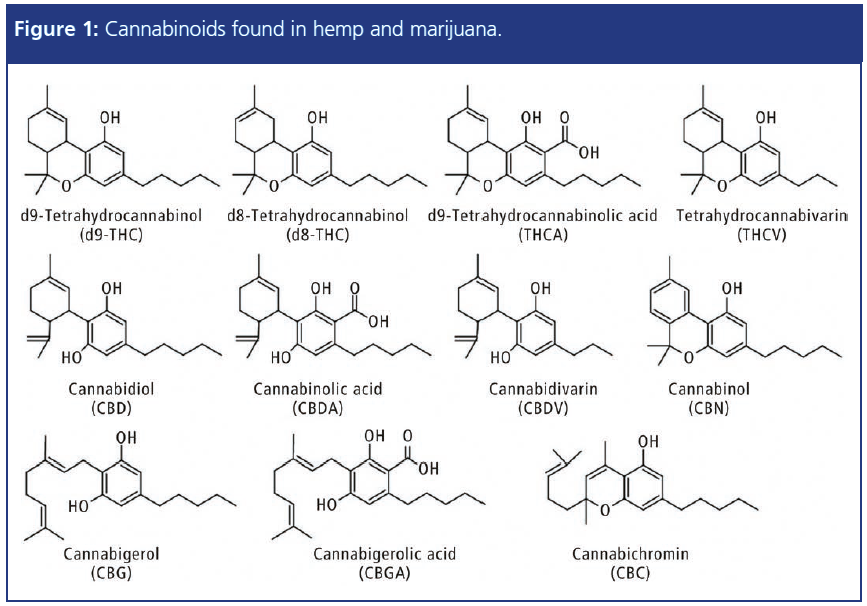Biodiesel-Diesel Blend Analysis Using UFGC
Researchers from the College of the Holy Cross have developed an ultrafast gas chromatography (UFGC) and chemometric method for the analysis of biodiesel blends.
Researchers from the College of the Holy Cross (Worcester, Massachusetts, USA) have developed an ultrafast gas chromatography (UFGC) and chemometric method for the analysis of biodiesel blends (1).
The reduction of greenhouse gas emissions is an internationally important topic with countries looking for methods to reduce emissions without significantly affecting the daily life of millions. One method to emerge has been the addition of biodiesel to petroleum diesel fuel. Added to diesel fuel to intentionally decrease greenhouse gas emissions, studies have indicated that the use of 100% biodiesel (B100) results in 74% fewer emissions when compared to petroleum diesel (2). Similar reductions are also seen in blended diesels where even a small addition of 20% biodiesel (B20) can decrease hydrocarbon emissions by around 20% and carbon monoxide emissions by around 13% (2). With countries looking to incentivize biodiesel addition, the accurate blending of diesel and biodiesel becomes vital as regulatory requirements must be met. Furthermore, retail outlets may want to change the blending percentage during different periods to maximize profits or reductions. Thus, the analysis of these fuels has become and will continue to become increasingly important.
Fuel adulteration is another major concern surrounding biodiesel-diesel blends because the addition of motor oil or vegetable oil to diesel can allow unscrupulous sellers to increase profit margins while impacting on consumers, with potential negative impacts on engine performance (3).
Currently, diesel fuel is analyzed using the UFGC method D7798, while biodiesel analysis is conventionally performed using spectroscopy or GC (4,5). Containing both the saturated hydrocarbons, aromatic hydrocarbons, and unsaturated hydrocarbons of diesel and the variety of fatty acid methyl esters (FAMEs) of biodiesel, biodiesel-diesel blends present a unique analysis challenge. This is amplified by the variety of biodiesel composition, which can vary based upon the feedstock used in production.
In this study researchers used the D7798 UFGC method, traditionally used for diesel, along with chemometric methods for the analysis of biodiesel-diesel blends.
Researchers reported that the method was successful for the analysis of biodiesel-diesel blends. If the focus was on common plant and tallow sources of biodiesel, the UFGC method required only a run time of 2.5–3 min with a cycle time of under 5 min. The study showed that a method currently used by many sectors for the analysis of diesel can be utilized for the analysis of biodiesel-diesel blends. With concerns about adulteration, the method also provides authorities with a quick and trusted technique to apply to get accurate results quickly.
References
- A.M. Hupp et al., Fuel231, 264–270 (2018).
- Biodiesel Vehicle Emissions https://www.afdc.energy.gov/vehicles/diesels_emissions.html.
- B.P. Vempatapu and P.K. Kanaujia, Trends Anal. Chem. 92, 1–11 (2017).
- B.B. Barman, V.L. Cebolla, and A.K. Mehrotra, Anal. Chem.73, 2791–2804 (2001).
- S.J. Mazivila, Talanta180, 239–247 (2018).

Determining Enhanced Sensitivity to Odors due to Anxiety-Associated Chemosignals with GC
May 8th 2025Based on their hypothesis that smelling anxiety chemosignals can, like visual anxiety induction, lead to an increase in odor sensitivity, a joint study between the University of Erlangen-Nuremberg (Erlangen, Germany) and the Fraunhofer Institute for Process Engineering and Packaging (Freising, Germany) combined behavioral experiments, odor profile analysis by a trained panel, and instrumental analysis of odorants (gas chromatography-olfactometry) and volatiles (gas chromatography-mass spectrometry).
Investigating 3D-Printable Stationary Phases in Liquid Chromatography
May 7th 20253D printing technology has potential in chromatography, but a major challenge is developing materials with both high porosity and robust mechanical properties. Recently, scientists compared the separation performances of eight different 3D printable stationary phases.
Detecting Hyper-Fast Chromatographic Peaks Using Ion Mobility Spectrometry
May 6th 2025Ion mobility spectrometers can detect trace compounds quickly, though they can face various issues with detecting certain peaks. University of Hannover scientists created a new system for resolving hyper-fast gas chromatography (GC) peaks.

.png&w=3840&q=75)

.png&w=3840&q=75)



.png&w=3840&q=75)



.png&w=3840&q=75)









